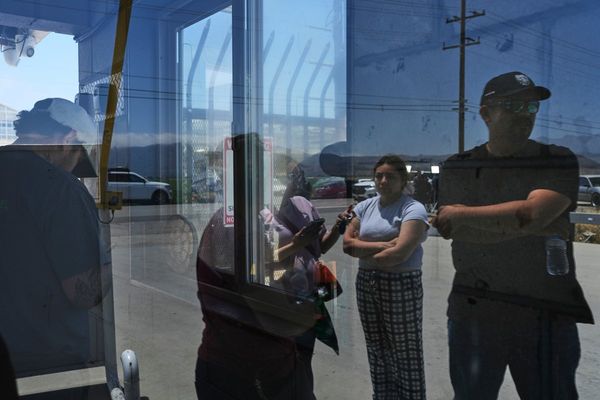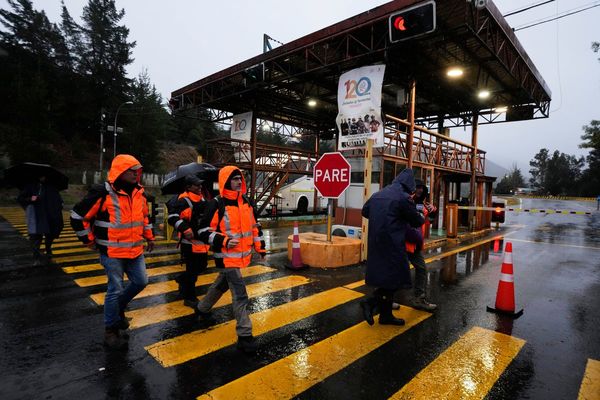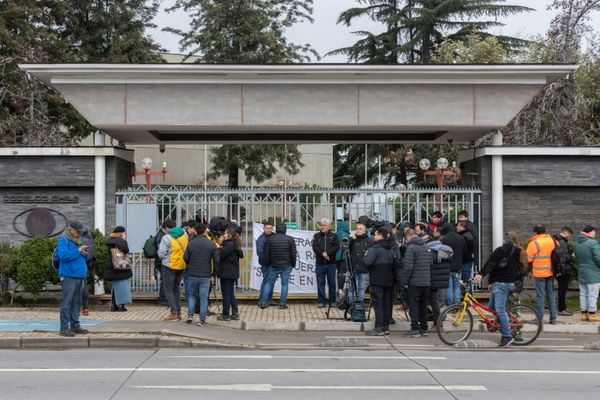
- Tesla's top engineer thinks lithium-ion battery technology is far from settled.
- Lars Moravy expects further improvements in Tesla's EV batteries for "a long time."
- He is still keeping an eye on potential breakthroughs like solid-state batteries, which some rivals are pursuing.
If you think electric vehicles are too expensive, can't charge quickly and can't go far enough, then I have some good news for you. EV batteries are going to keep getting better and better—and you don't even need to wait for some holy-grail breakthrough like solid-state technology.
"Lithium-ion and lithium-iron-phosphate—those cells have really proven their worth in terms of energy density and capability, and I think we're only in the beginning of that," Lars Moravy, vice president of vehicle engineering at Tesla, said during an interview on Saturday at X Takeover, an event for Tesla enthusiasts. Lithium-iron-phosphate, or LFP, is a lower-cost chemistry for lithium-ion batteries.
"I still think there's a lot of gains to be made in microchemistry and in those form factors," he told the crowd.

We've heard similar takes from other experts in the battery space—that despite the allure of some future paradigm-shifting advancement that solves everything in one fell swoop, a lot of progress is happening right now with the basic lithium-ion framework that's existed for decades. By playing around with the ratios of raw materials, the design of a cell and even its shape, battery makers can achieve new gains in charging power, energy density, cost and more.
General Motors and Ford, for example, are working to develop lithium-manganese-rich (LMR) cells as an alternative to the low-cost LFP batteries that are overwhelmingly entrenched in Chinese supply chains. Lucid Motors recently trotted out the Gravity, whose Panasonic-manufactured 2170 cells help it add 200 miles of range in just 10.9 minutes of charging, a new record in the U.S.
BYD, China's top EV manufacturer (which also makes its own batteries), made waves this year when it announced vehicles that can accept a previously unthinkable 1,000 kilowatts of charging power.

Put another way, solid-state tech, which promises to eliminate the standard liquid electrolyte and solve basically every shortcoming of today's batteries, is cool. But it isn't everything.
Lithium-ion battery technology has improved steadily year over year, Moravy said, and he expects that trend to continue. (He estimates there have been roughly 3% gains annually in energy density and charging speed.) For proof, just look at how Tesla's own specs have ticked up over time. The top-of-the-line Model S sedan in 2012 could go 265 miles on a charge. Today's version beats that by around 150 miles and charges far faster, while costing less even before accounting for inflation.
Tesla swaps its various battery facilities over to an improved cell design every couple of years, Moravy said, adding that it recently moved to new cells from two of its suppliers: CATL and LG. He said those feature a host of "incremental improvements" to their electrolytes, electrodes, manufacturing processes and packaging.
"I think that's going to continue for a long time and we're going to find a lot more improvements in the batteries that we make in our vehicles," he said. Tesla sources cells from suppliers like LG, Panasonic and CATL, and also makes in-house-designed batteries that go into the Cybertruck.
Moravy expects steady performance gains across both its in-house and supplier-sourced cells. But he's keeping an eye on future technologies too. Automakers from Toyota to Mercedes-Benz have been investing in solid-state batteries for years, with many targeting the end of this decade for commercial deployment.
"That doesn't mean we don't also look at trends like solid-state batteries and [supercapacitors] and other things that might provide other alternatives of energy," Moravy said.
Contact the author: Tim.Levin@InsideEVs.com







